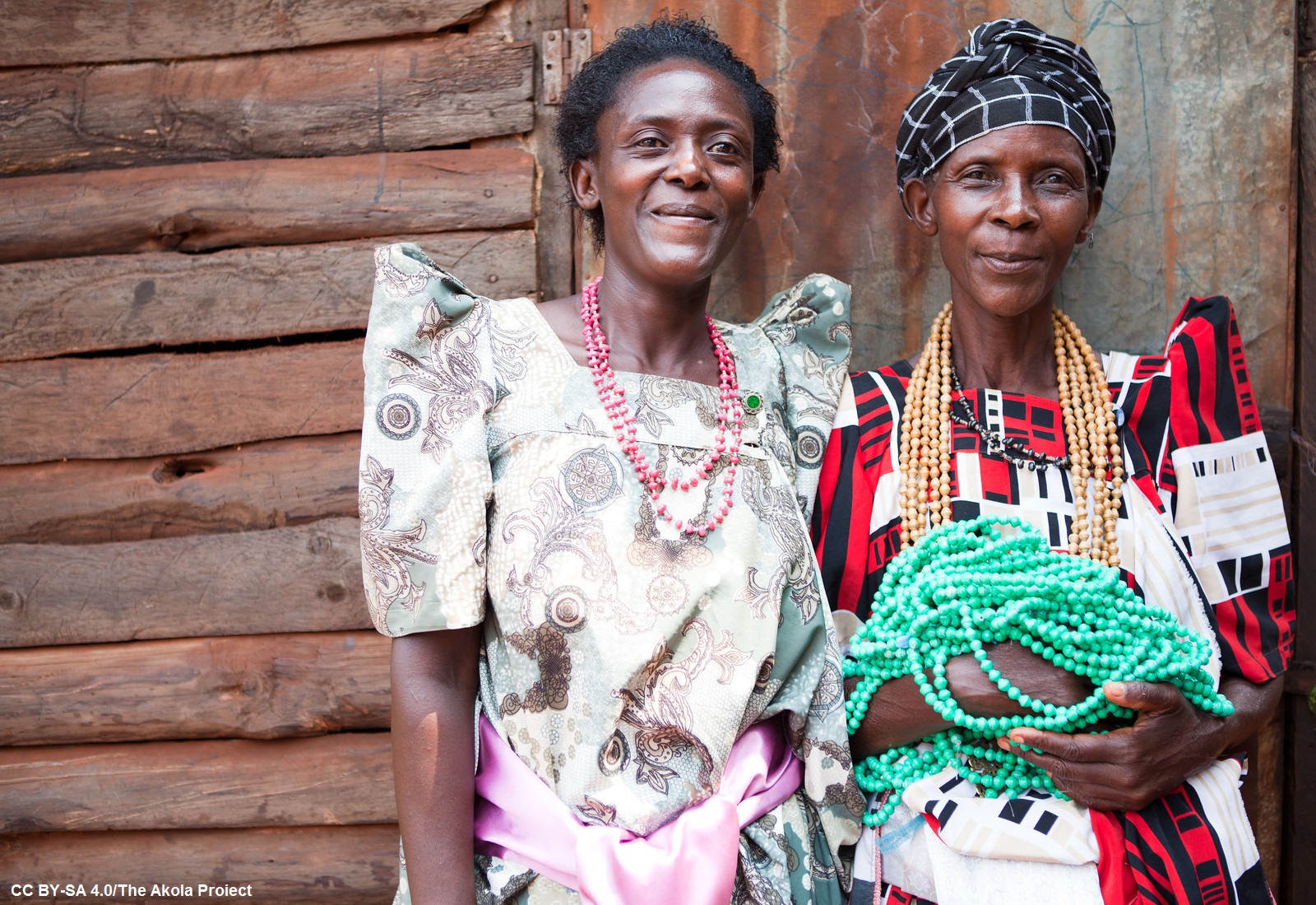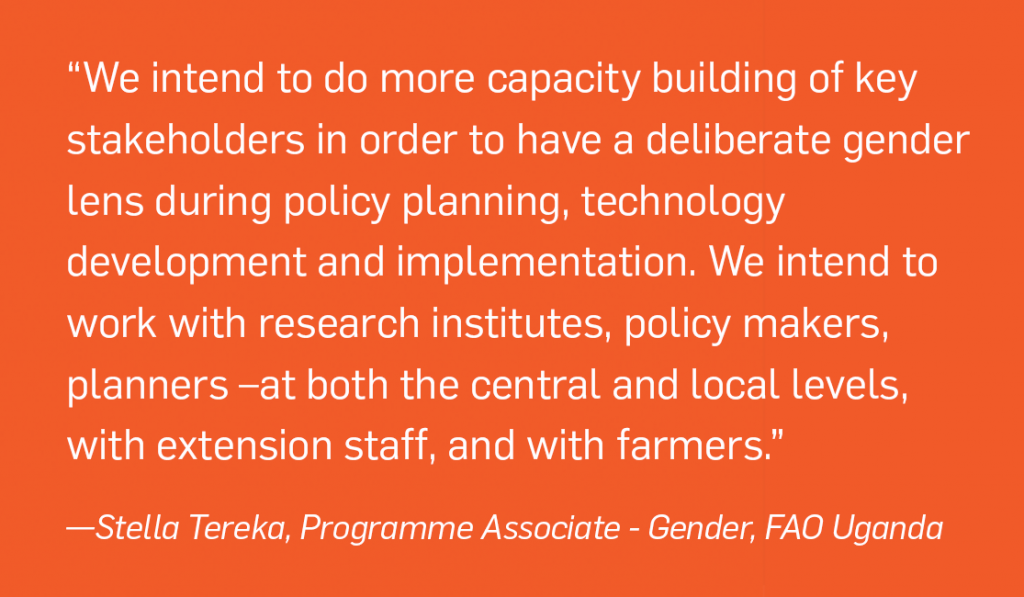Limited access by women and girls to productive assets—including land, financial resources and information—as well as their limited participation in decision-making processes can exacerbate the consequences of climate change shocks and stresses, particularly in vulnerable developing countries.
A recent webinar by the Food and Agriculture Organization (FAO) of the United Nations convened a range of experts to examine how policy and planning can be better informed by research on the gender dimensions of climate change adaptation, and how to integrate gender-sensitive approaches into the National Adaptation Plan (NAP) process.
The answer? Asking the right questions is crucial to ensure gender-sensitive approaches to complex adaptation challenges.
 But asking the “right” questions is not as simple as it may seem. Understanding the links between climate change and gender issues requires adaptation planners to constantly inquire and learn about men’s and women’s differing needs, perspectives, knowledge and aspirations. It requires asking questions in the appropriate way, to the right participants, considering timing, frequency, resources and communication of results. Most of all, it requires ensuring that the information gathered is used to inform and strengthen the design and implementation of adaptation plans.
But asking the “right” questions is not as simple as it may seem. Understanding the links between climate change and gender issues requires adaptation planners to constantly inquire and learn about men’s and women’s differing needs, perspectives, knowledge and aspirations. It requires asking questions in the appropriate way, to the right participants, considering timing, frequency, resources and communication of results. Most of all, it requires ensuring that the information gathered is used to inform and strengthen the design and implementation of adaptation plans.
When adaptation strategies fail to acknowledge and address the different impacts that climate change has on men, women, girls and boys, then policies and actions face the risk of exacerbating pre-existing vulnerabilities and fostering inequality. This is a risk that adaptation planers cannot afford to take, as the design and implementation of NAPs continue to advance globally.
How do we ensure that gender is not only considered in the design of adaptation policies, but in their actual implementation?
FAO’s Stella Tereka presented on Uganda’s experience linking gender equality and agricultural development in the context of climate change. From this experience, we can draw three important considerations for adaptation planners:
- Mainstreaming gender into adaptation planning requires identifying and leveraging key “entry points.”
Entry points can include: existing government policies on gender; climate change policies that contain gender considerations; institutions that already work on gender issues and that have assigned “gender focal points”; planning guidelines that promote gender integration, as well as local universities that have programs on gender studies and that could provide valuable research and training support.
- Mainstreaming gender into adaptation planning requires a multi-scale, multisectoral approach.
Involving all the climate-sensitive sectors, and targeting stakeholders at the national, regional and community levels, is key for effective gender mainstreaming into adaptation planning. Capacity building at each of these levels is also fundamental to ensure gender-sensitive adaptive responses.
Uganda is working with four main subsectors (crops, livestock, fisheries and forestry) and is partnering with a number of organizations in order to engage the parliamentary forums on climate change and food security.

- Mainstreaming gender into adaptation planning should be an integral part of national plans and strategies.
The challenges related to mainstreaming gender into adaptation are not new. They include issues such as limited technical capacity and financial resources, unclear roles and responsibilities across multiple levels, lack of coordination among stakeholders and institutions working on gender, as well as unclear mechanisms and guidelines for implementation. Ensuring that gender mainstreaming is an integral component of national plans and strategies, and involving all relevant stakeholders from the start, can help address these challenges.
Given the complexity and the ever-changing nature of adaptation contexts, constant reflection on whether we are asking the “right” questions is key. While there is no single path for mainstreaming gender issues into adaptation planning, this ability can be crucial to enabling gender-sensitive actions at the national, regional and local levels.
Any opinions stated in this blog post are those of the author and do not necessarily reflect the policies or opinions of the NAP Global Network, its funders, or Network participants.
Interested in joining the Network as a participant? Find out more.